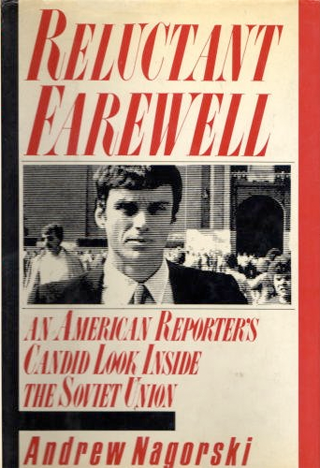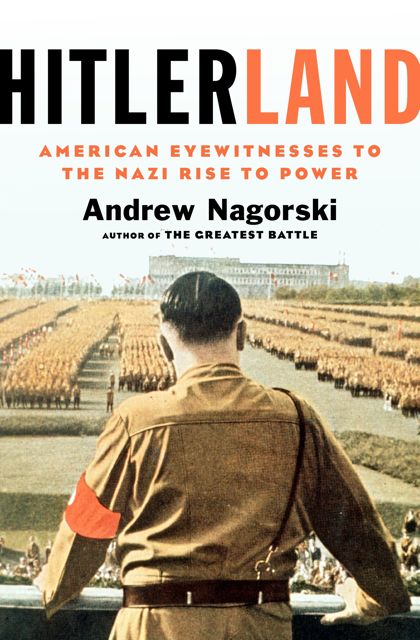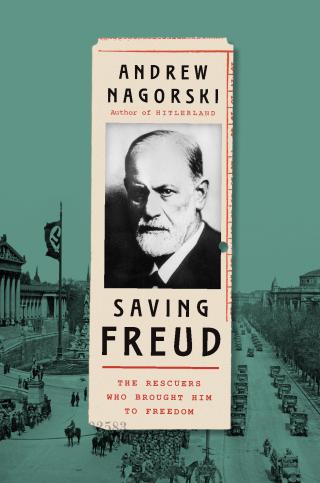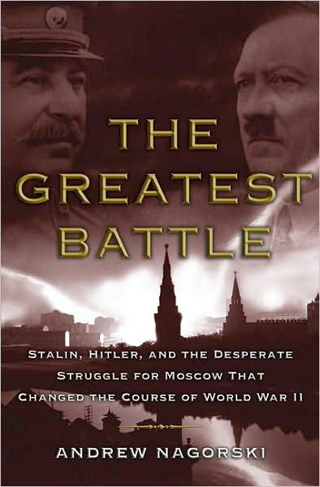In the mid-19th century, Perry McDonough Collins, an adventurous New Yorker, set out to cross Siberia in winter, convinced that this could be a new frontier for American traders. With the backing of senior Russian officials, he traveled the 3,545 miles from St. Petersburg to Irkutsk at what was considered to be breathtaking speed, changing horses 210 times, with almost as many drivers. Despite an accident when his sleigh was thrown into a ditch and his horses bolted, he arrived in Irkutsk after 35 days. He then proceeded farther east, sailing down the Amur River.
Triumphant, Collins urged the Russian government to build a railroad line through part of Eastern Siberia to link up with the Amur, thus creating a patchwork route all the way to the Pacific. The New Yorker’s scheme went nowhere, but the idea of integrating Siberia more fully into Russia by constructing a network of railroad lines to span the country’s vast territory soon began to gain traction.
In “To the Edge of the World,” Christian Wolmar offers a highly informative chronicle of the development of the Trans-Siberian railroad. A British author who specializes in the history of railroads, he knows his subject well: He provides a wealth of details about the myriad aborted and successful projects that eventually spawned the Trans-Siberian of today, along with the long list of players involved in them.
But those same details can slow down his narrative, making the reader’s journey through this compact volume feel longer than it really is — just like the ride on the Trans-Siberian, which now can take as little as six days from Moscow to Vladivostok but can also feel much longer. Even readers who are reasonably knowledgeable about Russian history and geography may have trouble keeping the procession of characters and railroad schemes straight at times.
Nonetheless, this is a fascinating story. The character who deservedly is sketched more clearly than anyone else is Sergei Witte, a former railway manager who served as transport minister before taking on the job of finance minister in 1892. Since the Trans-Siberian was a government project, this meant, as Wolmar writes, that Witte’s appointment put “the right man . . . in the right place at the right time — one of those fortuitous accidents of history.”
In the early 1880s, Russia’s railroad network covered only 14,500 miles — about one-tenth the size of U.S. railroads. Witte, with the backing of Tsar Alexander III and then his successor, Nicholas II, championed the building of a new network that would span 5,750 miles of often treacherous terrain, making it the longest railroad in the world — 2,000 miles longer than the already completed Canadian transcontinental route.
Witte viewed his task as “far more than a transport project,” Wolmar notes. It would allow for the economic development not only of Siberia, attracting new settlers there, but also of the country as a whole, opening new trade routes to the East. Under his able guidance, the Russian economy enjoyed average growth rates of 8 percent in the 1890s, generating the income that helped finance the Trans-Siberian.
Labor conditions were predictably harsh and dangerous, but far less so under the old regime than under its Bolshevik successor. To make up for the shortage of regular workers, the authorities relied on convicts and exiles serving their sentences in Siberia. They were rewarded with meager salaries and, more important, reductions in their sentences. Political prisoners benefited the most, with a two-year decrease in their sentence for every year worked on the line. By contrast, the Stalinist Baikal Amur Railway project, a misguided effort to build an additional 2,300-mile route through even more dangerous terrain starting in the 1930s, drove hundreds of thousands of gulag prisoners to their deaths.
With the additional help of Chinese laborers, the Russians defied many of the skeptics by largely completing the first version of the Trans-Siberian by the turn of the century. As Wolmar points out, it was “a meandering single-track line . . . slow and unreliable,” yet it was also “the longest and greatest railway ever built.” In 1900, passengers had to make part of the journey by ferry across Lake Baikal, and then by riverboats farther east. Breakdowns and accidents were commonplace, and total travel time was at least six weeks. But by 1914, the fastest train from Moscow to Vladivostok took only nine days.
To Witte’s dismay, the Trans-Siberian rapidly became an instrument of war and imperialism, as well as an engine for economic development. Part of the new line went through Manchuria, and the Russians effectively colonized that Chinese territory in the process of building it. This precipitated the disastrous Russo-Japanese war of 1904-05, with the Trans-Siberian ferrying troops to the front.
During the civil war that followed the Bolshevik Revolution, the Trans-Siberian played a key role again — as most famously portrayed in the scene from “Doctor Zhivago” in which Commander Strelnikov, the Leon Trotsky-like character, races his armored train from battle to battle. In World War II, the railway enabled Stalin to rush 400,000 Red Army troops back from the Soviet Far East to defend Moscow.
As Witte predicted, the Trans-Siberian also proved essential to the country’s industrialization and to the exploitation of the natural resources in the vast territory it traversed. The growth of new towns and cities, such as Novosibirsk, would have been impossible without it. Wolmar celebrates those achievements but also points out the high price so many Russians paid for them. In Russia, triumph is almost always accompanied by tragedy.
Andrew Nagorski, a former Moscow and Berlin bureau chief for Newsweek, is the author of “Hitlerland: American Eyewitnesses to the Nazi Rise to Power.”









